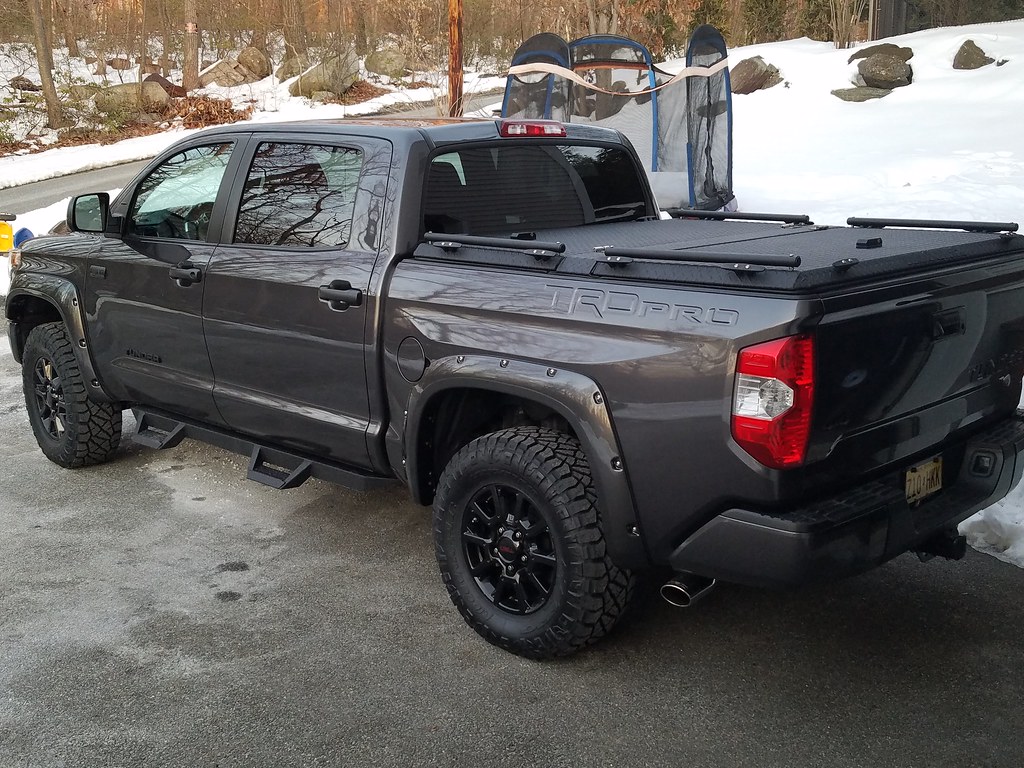If you’re a fan of the Toyota Tundra or just a curious truck owner, you may have heard the recent rumors about how dependable the new Tundras are. The latest disputes on social media groups and forums are not about which truck can carry more weight or even which one has the best infotainment system; instead, they center on major dependability issues and the purported absence of it in the newest Tundra model class, raising concerns among many owners.
A Change in Discernment: Old versus New Tundra
As somebody who’s been watching out for these conversations, I’ve seen a developing feeling that the more seasoned Tundra trucks are eclipsing their fresher partners with regards to constancy. This is a huge change in discernment for a brand that has for quite some time been inseparable from unwavering quality. The inquiry at the forefront of everybody’s thoughts is whether the rigid outflow guidelines and the push for greener vehicles are at fault for this slump in dependability. While I can’t say for certain in the event that these elements are the underlying driver, a point’s by and large controversial across different vehicle brand discussions.
True Cases: Blown Motors and Rehashed Disappointments
Case 1: The 2024 Tundra Victory
Only two days prior, I covered a demoralized proprietor of a 2024 Tundra who confronted a blown motor at only 7,000 miles. The proprietor was conflicted between battling for a total truck substitution or simply a motor trade. The reaction from the local area was overpowering, with a large number of you ringing in with smart ideas. However, presently, another case has arisen that is generating significantly more discussion, highlighting the ongoing reliability concerns.
Case 2: David Wallace’s Grieved 2022 Tundra
In the 2022+ Toyota Tundra Proprietors’ gathering on Facebook, a part named David Wallace shared a debilitating picture of his 2022 Tundra en route to the showroom for the third time. The explanation? Another motor substitution. Wallace’s most memorable motor trade happened at 30,000 miles, and presently, at 49,000 miles, his truck’s motor has secured while cruising at 60 mph. Naturally, Wallace announced this was the last time his truck would abandon him.
The post immediately collected 285 remarks, with individual Tundra proprietors and fans attempting to take apart the issue. One part, Shawn Pro, addressed whether the motor was just to some extent supplanted, indicating the chance of a fundamental issue with the actual truck. Wallace’s answer shed a light on Toyota’s way to deal with motor substitutions, expressing that the organization just offers short blocks, which could prompt cross-tainting from more established parts.

Specialized Investigation: What’s Turning out badly?
Understanding the Tundra’s motor issues requires a touch of mechanical knowledge. The core of the issue is, by all accounts, the fundamental bearing, a critical part that upholds the motor’s driving rod and guarantees smooth turn. While this bearing fizzles, it can prompt disastrous motor harm, as found in the instances of Tundra proprietors like David Wallace, who have experienced significant engine failures.
Potential Reasons for Principal Bearing Disappointments
The hypothesis among the Tundra people group focuses to a few likely foundations for these disappointments:
- Ill-advised Cleaning of the Motor Block: Flotsam and jetsam left during assembly can harm the orientation.
- Erroneous Twisting of the Motor Support/Principal Covers: Lopsided tension can prompt inevitable disappointment.
- Human Mistake at the Assembling Plant: Conflicting strategies could present flaws.
- Terrible Cluster of Heading: Blemished orientation from a provider could influence an entire series of motors.
Short Block versus Long Block Substitution
The discussion about whether to supplant the whole motor or simply the short block is a substantial one. A short block incorporates the motor block and the turning gathering, but not the chamber heads, timing parts, or the oil container. At the point when a motor flops horrendously, metal garbage can spread all through the motor. In the event that this flotsam and jetsam isn’t totally taken out, it can defile the new short block, prompting another disappointment. That is the reason a total long block substitution, which incorporates the heads and frequently a greater amount of the subordinate parts, may be a more solid arrangement. It’s more costly, yet it lessens the gamble of tainting from old parts, making it a preferred option for many.
The work involved with dismantling a motor and reusing parts like the chamber heads on another short block isn’t just expensive but also unsafe. A careful cycle requires accuracy and neatness to keep away from additional issues. To this end, the possibility of a total long block substitution is gaining momentum among Tundra proprietors who have confronted motor disappointments, as it offers a more comprehensive solution.
Cross breed versus Non-cross-breed Tundras
Strangely, apparently the crossover Tundra models are not tormented by similar issues as their non-half breed partners. One gathering part, Marshal Hayes, noticed that a Toyota seller definitely disapproved of the half breed model as an unmistakable difference to the non-crossover variants. This proposes that there might be a particular disappointment point in the non-half and half Tundra that the crossover model dodges.
The mixture powertrain, which joins a fuel motor with an electric engine, could have an alternate plan or functional boundaries that forestall similar disappointments. This could be because of various elements, for example, unique motor burdens, which might mitigate some of the reliability issues seen in the traditional engines.

Advice to Prospective Buyers
For prospective buyers, the decision between a hybrid and a non-hybrid Tundra goes beyond issues of gas mileage; it even extends to issues of reliability. Test drive both and get a feel of the performance of each model, then make an educated decision based on personal preference or driving habits.
What Should David Wallace Do?
In this regard, David Wallace is in trouble; obviously, such issues do require that Toyota get to grips with the matter. Having straight-up treatment with Toyota would spell out these recurring problems and find a comprehensive solution. Advice from other owners of the Tundra who have navigated through such situations can be very instrumental in dealing with the company and advocating a proper resolution.
The issue with the Tundra’s engines sort of put a kill on perception regarding Toyota’s reliability. It is multi-faceted in nature, both mechanically and from a process viewpoint. Setting that against customer expectations, there is a lot at stake as we watch this play. It therefore becomes very pertinent that Toyota take firm steps to repair flaws in their products and to regain lost confidence among people. On the other hand, for Tundra owners like David Wallace, the road ahead may at worst hold some rough times ahead, but it is not hopeless with a proactive approach and community support.
While deep in presentation, it should be noted that all these are not just about one truck and the unfortunate experience of one owner. They mirror a much wider concern about how vehicle reliability is going today, with manufacturers having to balance performance with burgeoning environmental standards and loyal customers’ demands.
Stay tuned for the upcoming segment where we will explore the specifics of the problems ailing this Tundra’s engine and the options available to owners like David Wallace. If you are knowledgeable about this topic or have had a similar experience, please join in and share your comments, as your insights could be invaluable to others facing similar challenges.
Related posts:
My 2022 Toyota Tundra Is Going Back To Dealership For 3rd Motor Going In At 49,000 Miles
Toyota Unleashes The TRD Performance Package Power
No Reserve: 2004 Toyota Tundra SR5 Double Cab TRD V8 4×4





